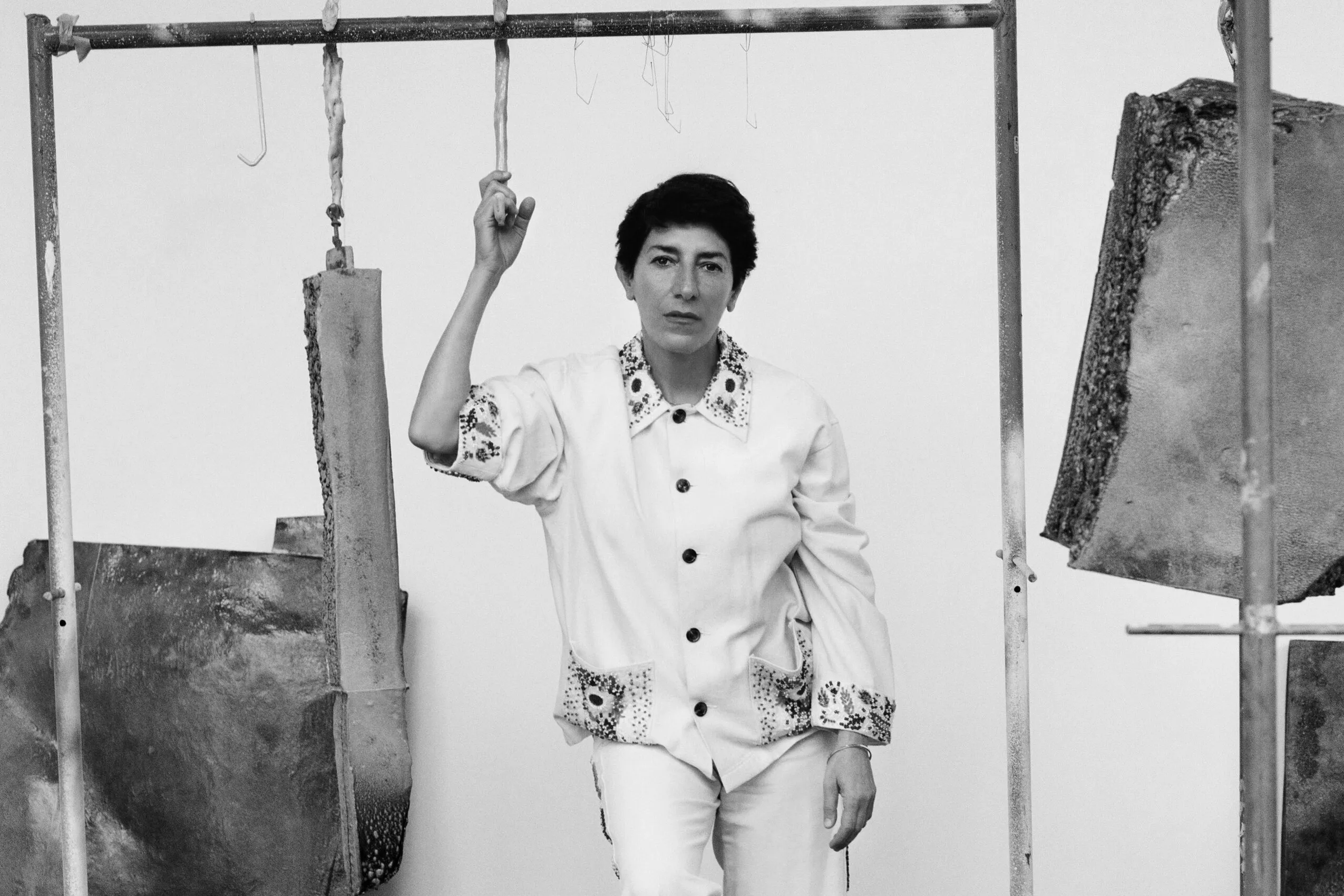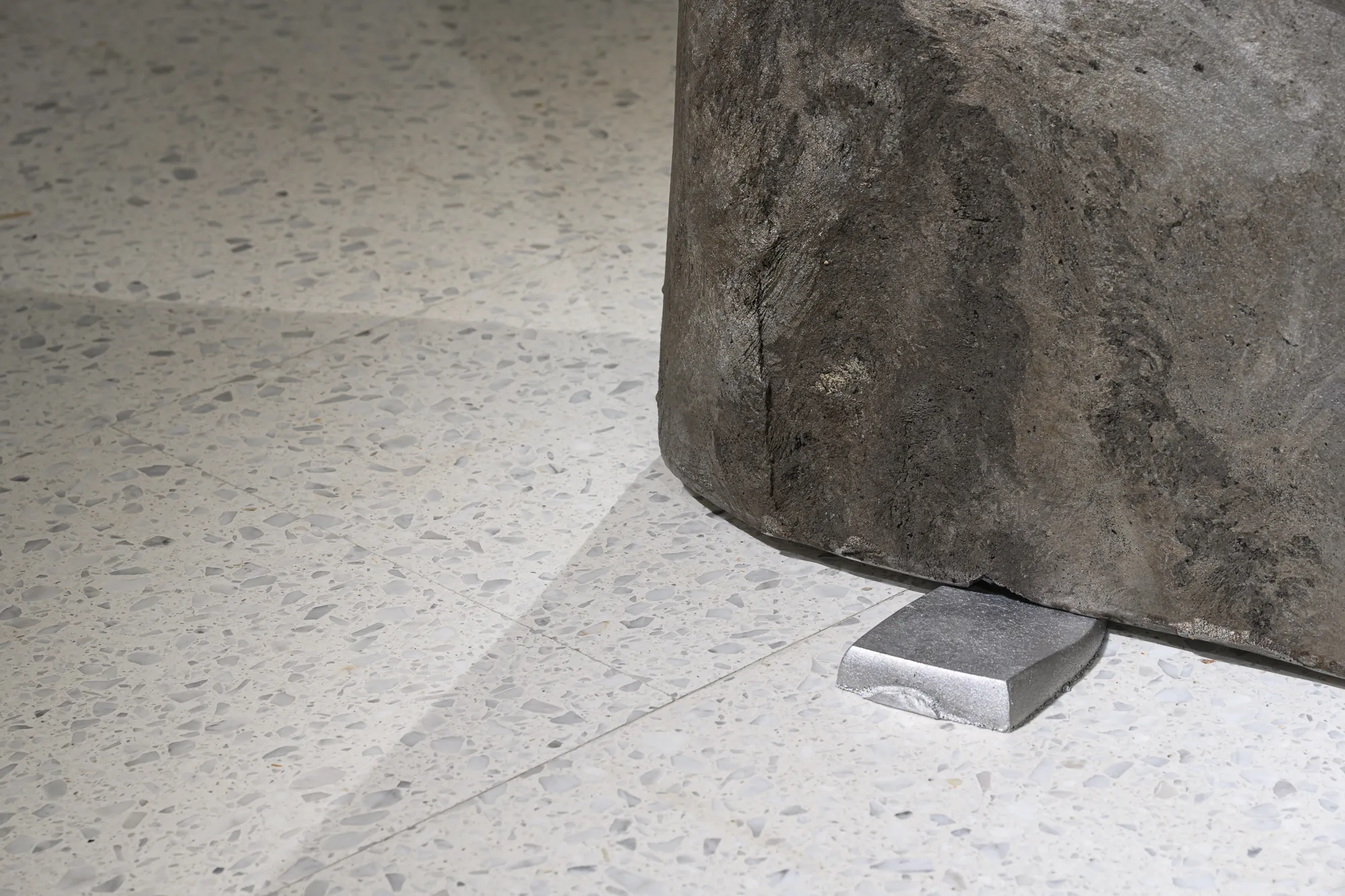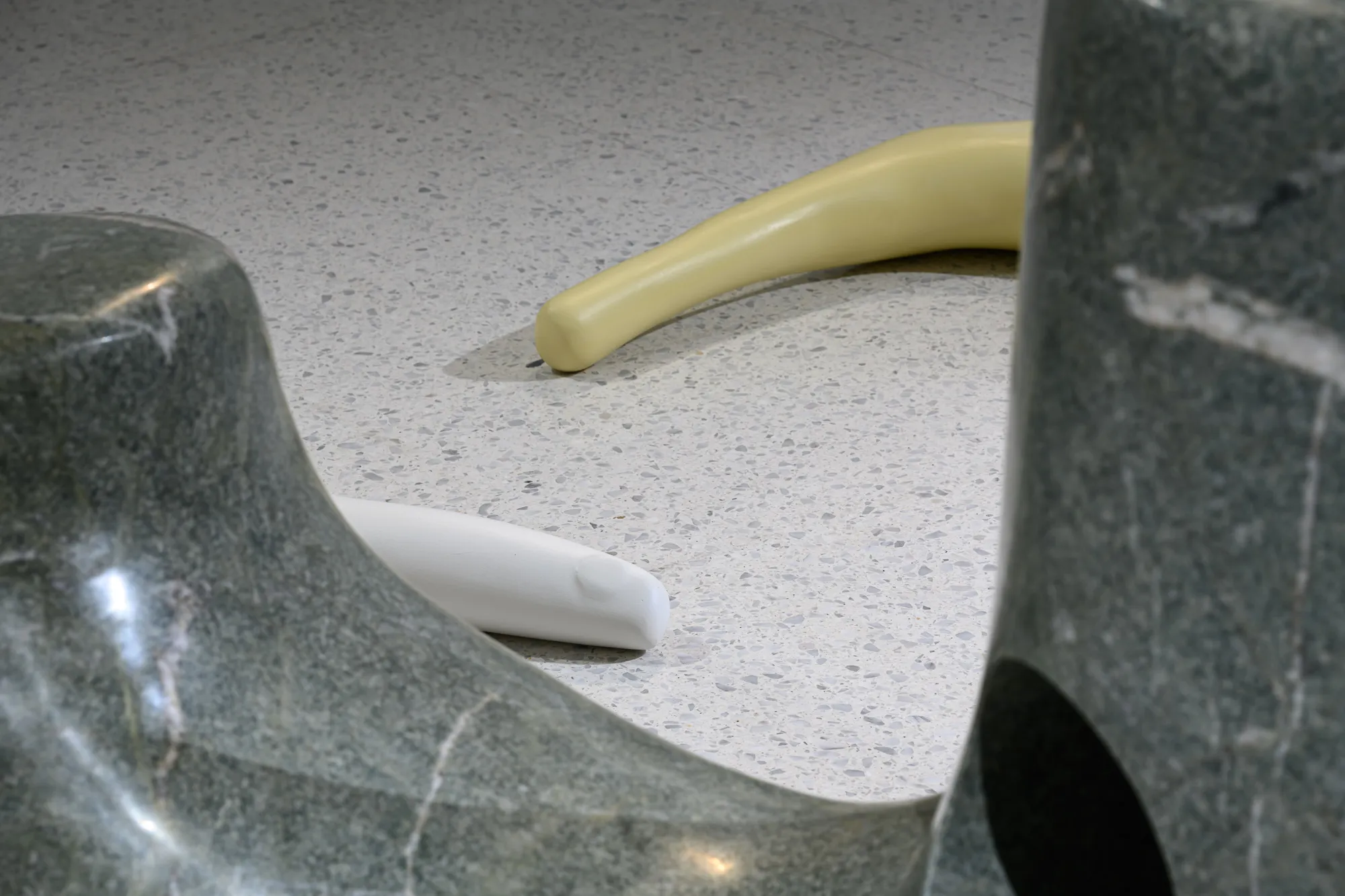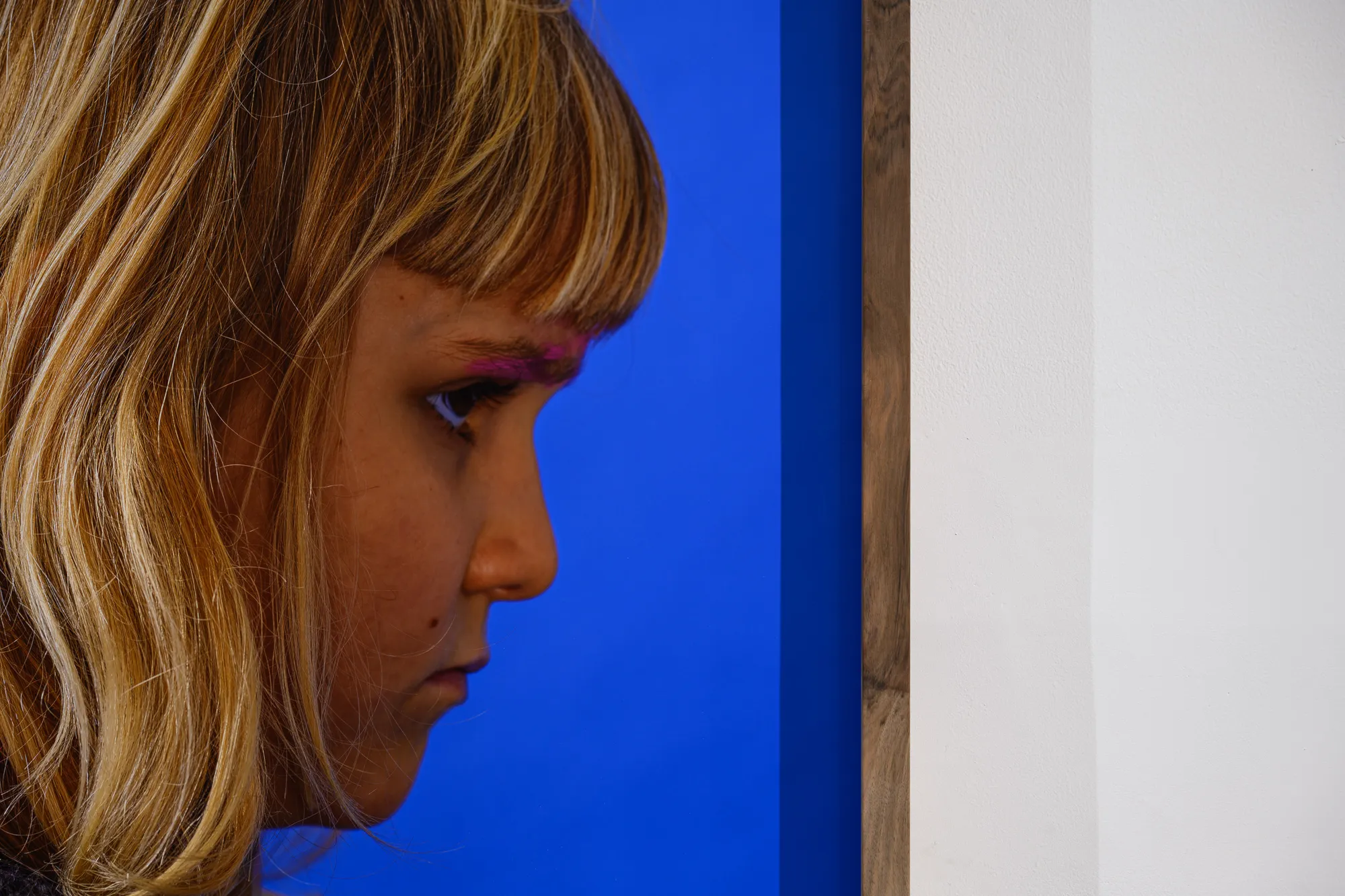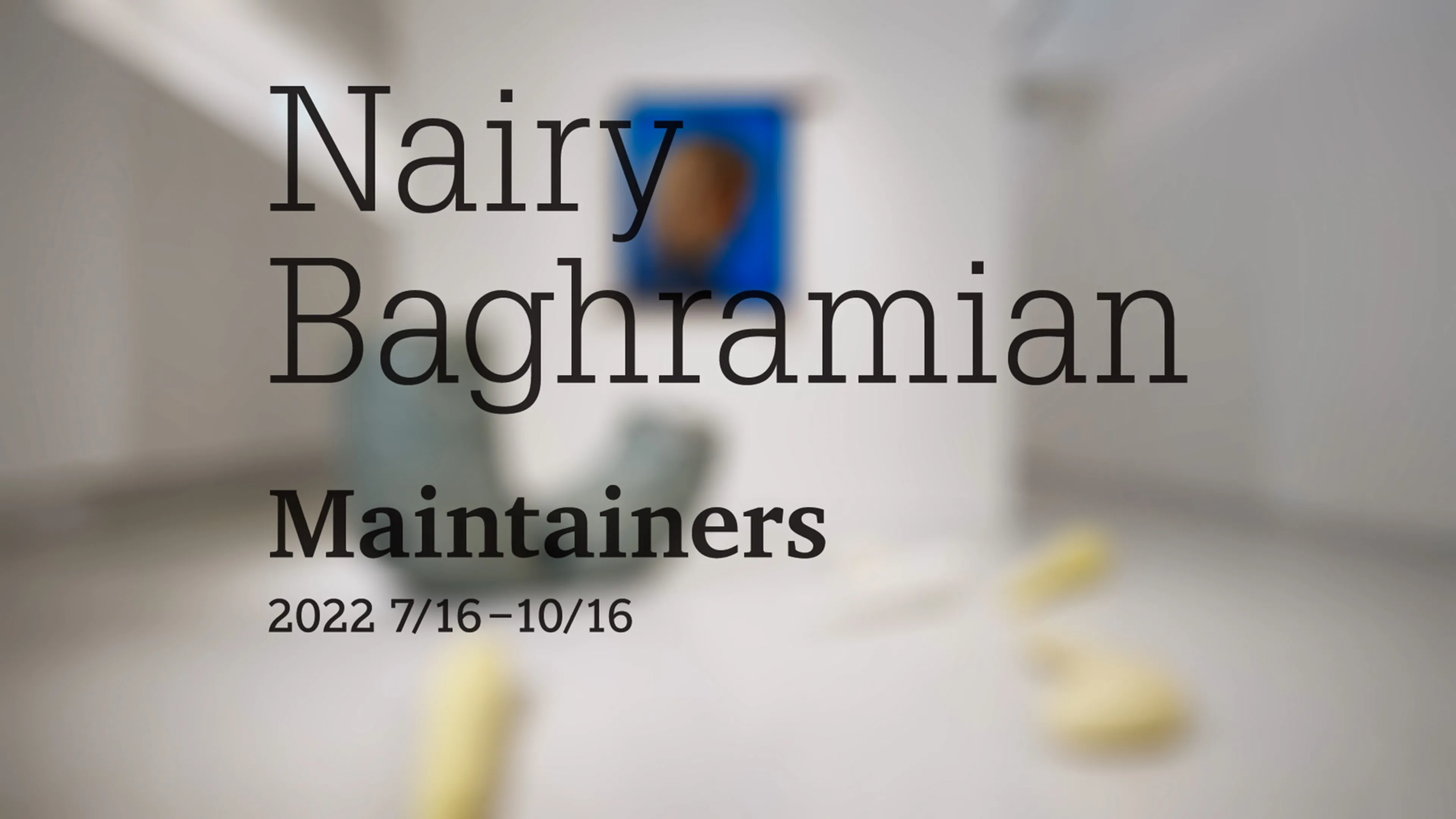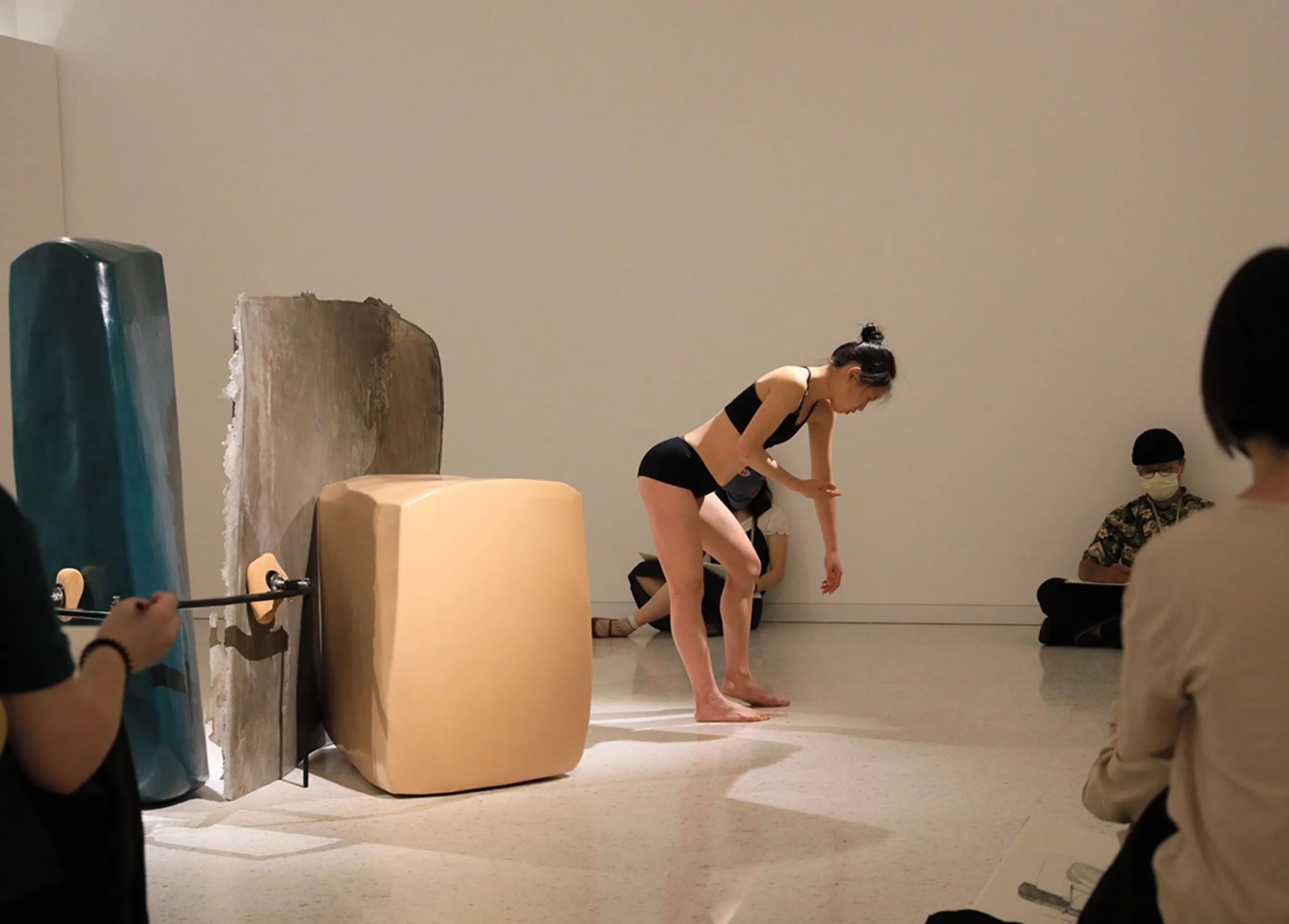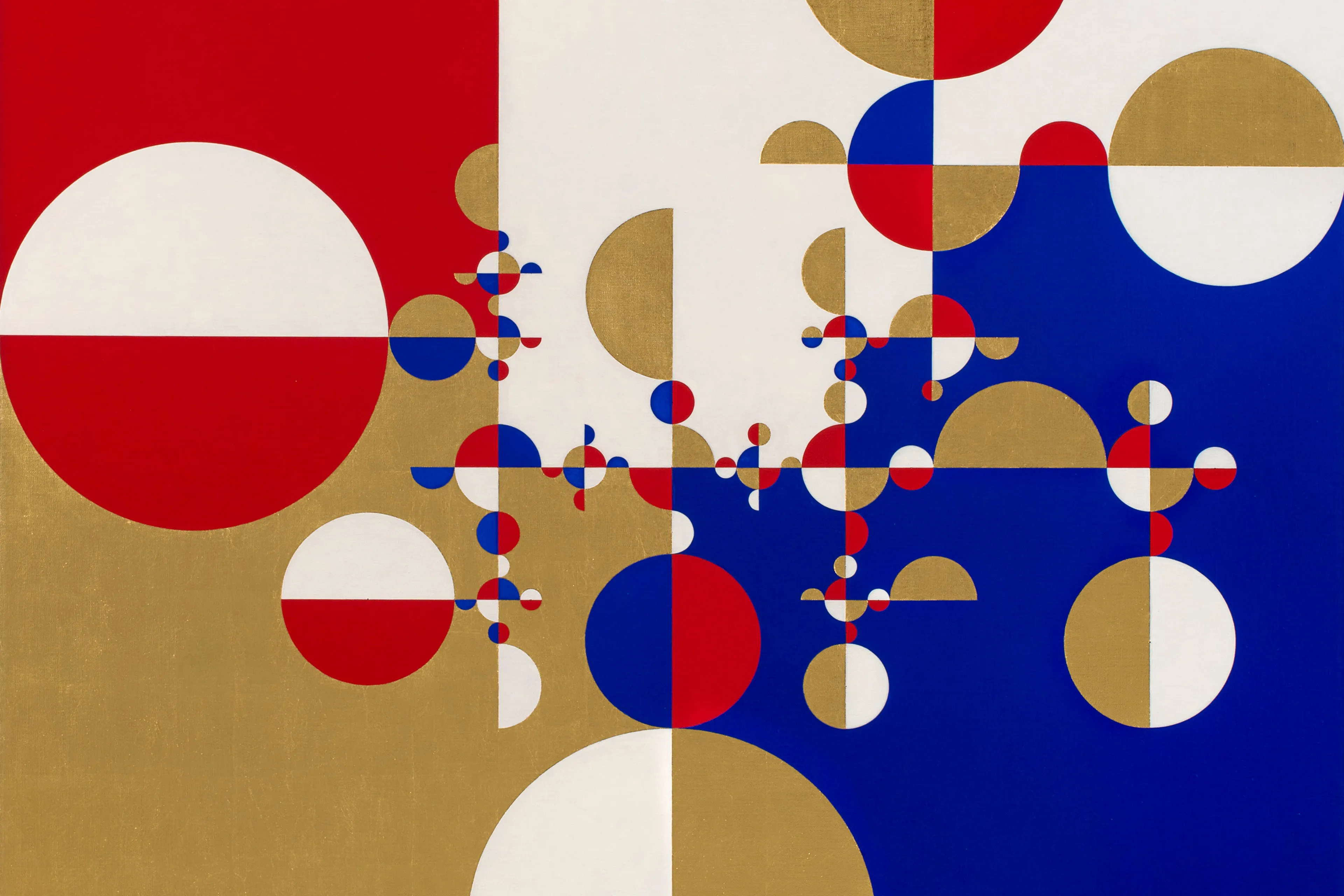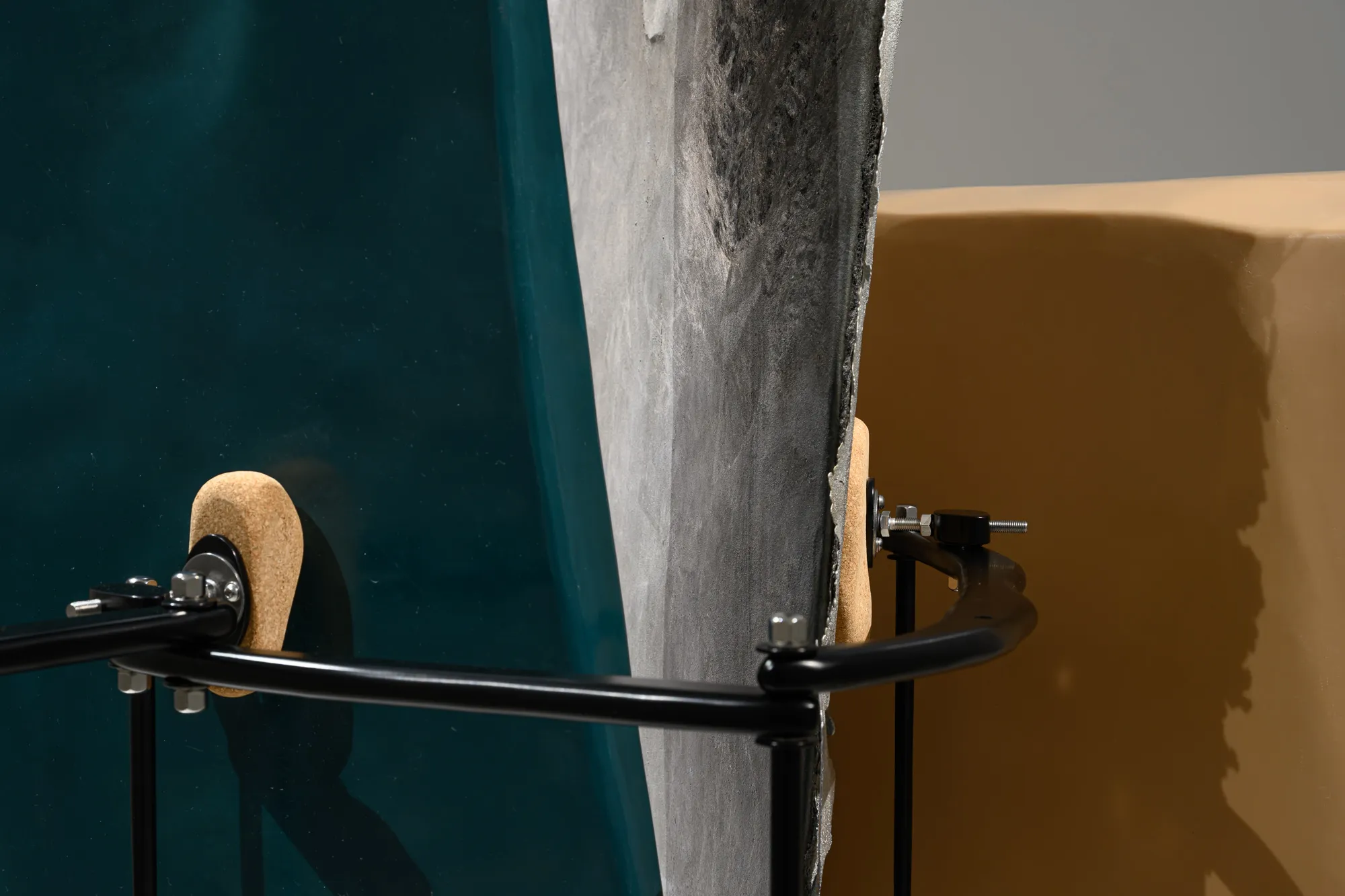
NAIRY BAGHRAMIAN:Maintainers
Locations
WINSING ART PLACE
“I am not obsessed with the beauty of instability. I am just taking it as something that is there.” — Nairy Baghramian
Traditional Western sculpture dates back to the ancient Greek period and beyond, with the use of materials such as stone, metal, ceramics and wood continuing to this day, and the original forms evolving over time. But what is sculpture? During the Renaissance, Michelangelo's iconic “David” was seen as a representation of the ideal proportion of human body, with a concentrated and confident gesture that is revealed in a masterful sculpture. In modernism, Constantin Brancusi blurred the line between figuration and abstraction with “A Muse”, which simplifies the female form and emphasizes pure lines, redefining the language of sculpture of the past. For her works exhibited at the Winsing Art Place, Nairy Baghramian, an artist of Iranian descent, once said, “Sculpture, art in general, is not there to make things more suitable than society expects of us. Art shouldn’t bear the burden of anticipating success.” In the contemporary art world, her sculptures are not only about the work itself, but the conditions of their surroundings that constitute an essential factor in their appearance, and the varied shapes of the pieces interact with each other to produce a relationship that is both contradictory and balanced.
The forms and concepts of Baghramian's work refer to functional, decorative, abstract and feminist developments in art history. Her creations span photography, painting and installation, with sculpture being the primary form of representation, and intertwine with other cross-disciplinary themes, such as theater, dance, design, fashion and culinary art. Working on a variety of mediums, such as steel, wax, resin, silicone, plaster, leather and fabric, her pieces often feature metallic structures that are supporting each other and building on each other, as well as reflections of body postures and internal structures.
"Instability” is a recurring theme in Baghramian's sculptures, with many seemingly thin and slender bracing structures that are close to collapsing, overhanging, tilting and yet dominating the objects in the exhibition space. The unstable gestures, both in appearance and in nature, are represented in the pieces on display in this exhibition. “Maintainers”, a multi-media composition, is presented in an interdependent manner in the exhibition room, with its distinctive raw aluminum casts, colored wax forms and lacquer painted braces propping up and balancing each other in an interdependent relationship, stabilized by the intervention of external forces, and with a wax surface reminiscent of the body. Another piece on show is “Misfits F”, a recent creation inspired by the assembly toys designed for children. The seemingly perfect fit of the structure actually fails to meet the viewer's expectations, resulting in feelings of frustration and disappointment, creating a psychological imbalance; at the same time, the eccentric expression of the girl's portrait alludes to the refusal to play by the rules and the unpredictability.
